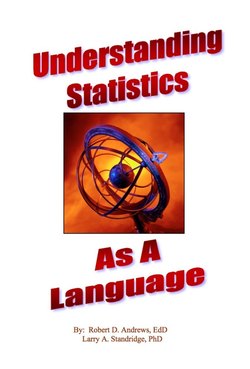Читать книгу Understanding Statistics As A Language - Robert Andrews - Страница 10
На сайте Литреса книга снята с продажи.
Ordinal Scale
ОглавлениеThe ordinal scale of measurement is used when observations can be placed in order, based upon a characteristic. While an order can be observed, the exact measurement between two observations cannot be determined. Thus, the distance between A and B may be much greater than the distance between B and C. The ordinal scale allows for the characteristics of more or less of a characteristic, but not how much more or less. An ordinal scale does not have an exact zero nor equal units of measurement. Likert scale items can produce ordinal scale data when the responses are ranked, for example, from one to seven and labels such as ‘Agree’ and ‘Disagree’ are attached to each end of the scale. The distance between a response of 3 is only considered to be greater than a response of 2 and smaller than a response of 4. The response of 3 is not equidistant from 2 and 4.
Because the categories of observations have rank, additional statistical methods of analysis are available including correlation and tests for significant difference. In the survey research example given above a Likert scale item might ask the respondent to circle a number from 1 to 7 with 1 indicating little or no relief from the hiccups and 7 indicating total relief. The researcher could then analyze the differences in the responses among various demographic groups.
